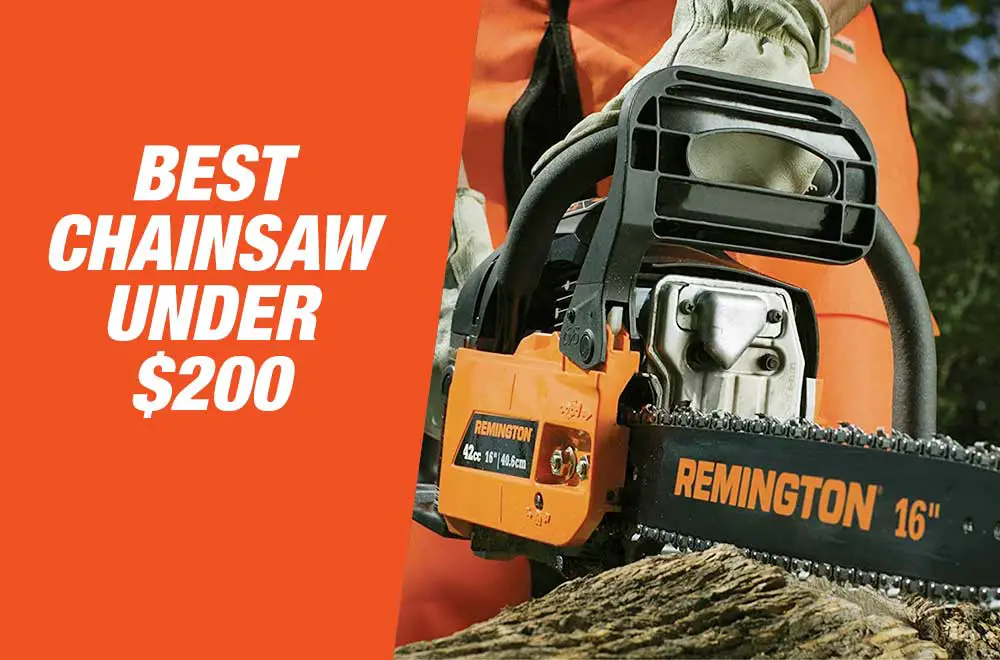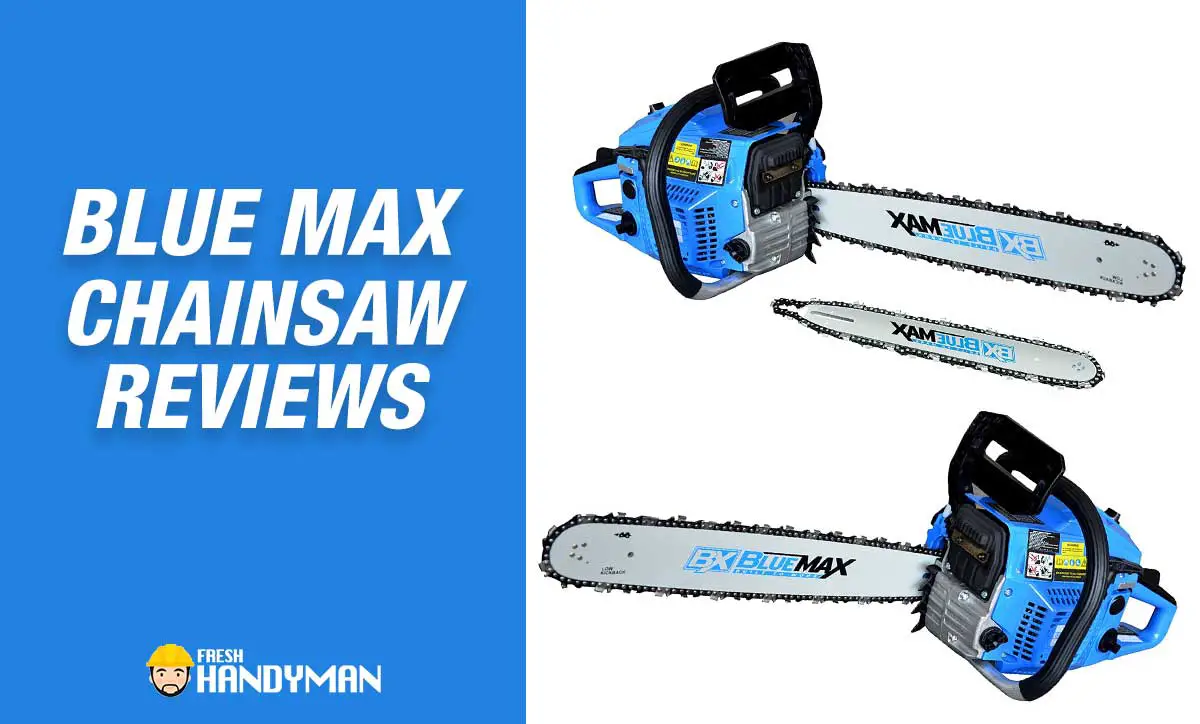An arborist chainsaw is unique from traditional chainsaws. So when it comes to arborist chainsaws, the question is, what’s the difference between an arborist chainsaw and a traditional chainsaw? […]
Chainsaw Reviews
Posted on:
Best Chainsaw Under $200 in 2024 – Reviews & Buyer’s Guide
Best Chainsaw Under $200 Buying the best Chainsaw can be quite a difficult task for many homeowners. There are countless chainsaws available in the market, and all claim […]
Chainsaw Reviews
Posted on:
Stihl 039 Chainsaw: Review, Spec –Is it Still Good in 2024?
Stihl 039 Chainsaw The nineties were an amazing time for chainsaws. Different brands were coming up with new and innovative technologies that were pushing the boundaries almost daily. […]
Chainsaw Brand
Posted on:
Best Blue Max Chainsaw Reviews 2024 – Powerful Budget Chainsaws
Whether you are looking for a heavy-duty chainsaw for professional use or just looking for a good chainsaw for your home workshop, Blue Max can offer some great […]
Chainsaw Brand
Posted on:
Best Husqvarna Chainsaw Reviews 2024 [Top Picks & Buying Guide]
You’re eyeing out different Husqvarna chainsaws but can’t put your finger on one. It’s a common issue when you see a lot of different products from the same […]




![Best Husqvarna Chainsaw Reviews 2024 [Top Picks & Buying Guide]](https://www.freshhandyman.com/wp-content/uploads/2020/01/Best-Husqvarna-Chainsaw-Reviews.jpg)